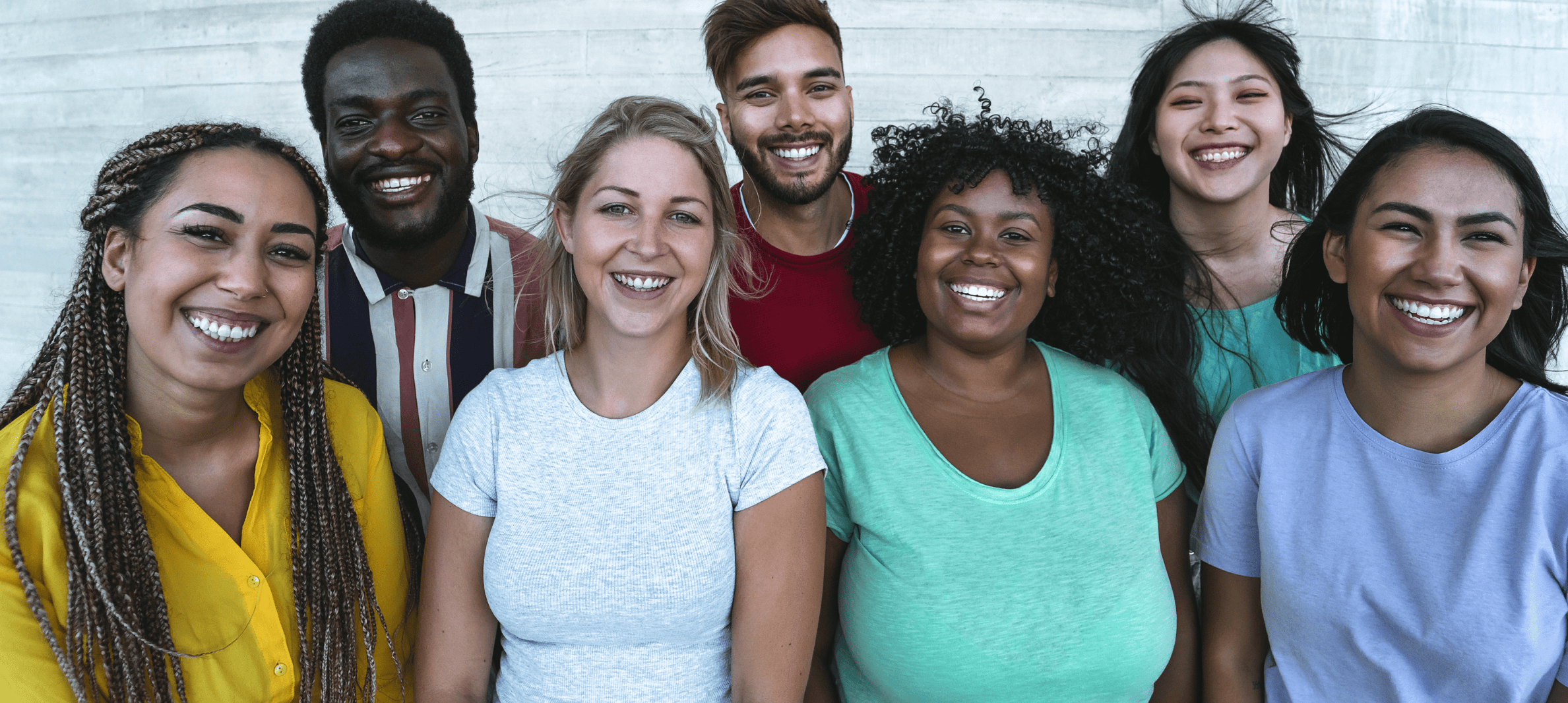Taffy Brodesser-Akner’s recently-published New York Times piece, “Losing It In The Anti-Dieting Age,” investigates the changes within the diet industry as a result of the “anti-diet movement” and how it affects the millions of Americans trying to find the balance between weight loss and body-acceptance. As a fat woman, Taffy discusses her experiences with companies like Weight Watchers (WW), her attempts at beating the cycle of weight loss and weight gain, and ultimately redefining “body-acceptance” for herself.
Though Taffy’s article exposes the faults within the diet industry, she also goes on to discuss how the anti-diet campaign has some flaws as well. The fact is that modifying one’s body does not have to be anti-acceptance, and pro-acceptance doesn’t always have to be anti-change. Like most things in life, a balance between the two can be achieved.
Despite having some flaws, the body-positivity movement is in no way an inherently bad thing. A study conducted by Martin (2010) states that 69% of elementary girls who read magazines say that the pictures influence their concept of the ideal body shape and 47% say the pictures make them want to lose weight. The way celebrities have unabashedly begun to display themselves and the way companies have published promotions with body diversity in the last few years has made serious progress in society’s journey to body-acceptance.
People of all shapes and sizes have not only started to see themselves better represented, but have also derived confidence they may previously had been lacking in life-changing ways. Since the idea that “all bodies are good bodies” is now a more mainstream, Taffy explains how it has changed the way fat people see themselves in a positive way:
“Some asked themselves if they thought they could figure out a way to not want to be thin; some began to ask themselves if they actually liked the way they looked. They began to wonder if there was even a proven and effective way to become and stay thin anyway. They began to ask themselves if they should be dieting at all.”
These queries are clear-cut signs of evolution towards accepting all bodies on a large scale, which may make society a better and more safe place for certain populations. These are positive efforts! The issue arises when asking if dieting is the right decision for one individual becomes a definitive statement on how all individuals should view body-acceptance.
In conversation with Oprah Winfrey, Taffy discusses how both women have felt limited by the current movement for body positivity. When self-acceptance is expressed as accepting yourself 100% of the time, it eliminates and can invalidate numerous people who may choose to change themselves for a variety of reasons. Oprah, having recognized the connection between her family’s health complications and her weight, claims, “I can’t accept myself if I’m over [X] pounds, because it’s too much work on my heart. It causes high blood pressure for me. It puts me at risk for diabetes, because I have diabetes in my family.’’
When efforts for self-love include accepting yourself as you are in this present moment, where does that leave people like Oprah, who may choose to change themselves for the sake of their health? Additionally, the author suffers from arthritis in her knees, which is worsened by her weight. Should she be expected to suffer as a part of self-acceptance, although she can still love herself by making efforts to alleviate the pain? Why can’t body-acceptance mean more than just loving yourself as you are, but also making efforts toward accepting yourself that you have deemed necessary to your wellbeing?
The problem is that the pressure to love yourself 24/7 can morph into shaming others for making the decision to modify their bodies as a part of the journey to self-acceptance. While diet culture may enforce one ideal body type and alienate others, which results in harmful stereotypes and stigma, extreme body-posi culture has the potential to also invalidate others if it is too forceful. Both sides can reach extremes that have the potential to become more harmful than helpful, but one’s efforts to love their body does not have to be so black-and-white.
The body-acceptance movement at its core is not only about recognizing how amazing all body types are, but also recognizing that others are able to make choices about their bodies that help them on the way to self-acceptance. A gray area exists for some. Whether you are content with yourself as you are or are attempting to better yourself in your own way, you are practicing self-acceptance. All bodies are good bodies, whether they are unchanged or working toward a goal.
Source:
Martin, J. B. (2010). The Development of Ideal Body Image Perceptions in the United States. Nutrition Today, 45(3), 98-100. Retrieved from nursingcenter.com/pdf.asp?AID=1023485.
Emma Giordano is a 21-year-old New York-based psychology student aiming to become a mental health counselor. She is a YouTuber at youtube.com/emmmabooks who primarily talks about books but also utilizes her platform to encourage discussion about mental health.






